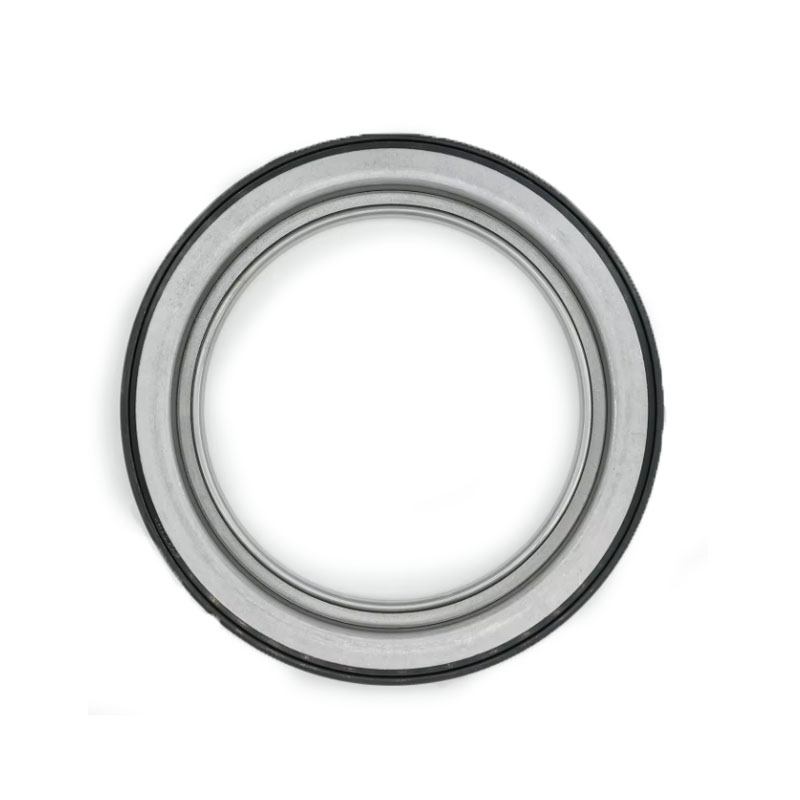brass cutlass bearing
The Brass Cutlass Bearing An Essential Component in Marine Engineering
In the world of marine engineering, the efficiency and reliability of a vessel are paramount. Among the multitude of components that contribute to a ship's performance, the brass cutlass bearing stands out as a critical element. This often-overlooked part plays a significant role in supporting and maintaining the functionality of a ship’s propeller shaft, ensuring smooth operation and minimizing wear and tear.
What is a Cutlass Bearing?
Cutlass bearings are cylindrical bearings that provide support to rotating shafts. Made from various materials, including brass, they are commonly used in boats, yachts, and larger ships due to their strength and resistance to corrosion. The brass cutlass bearing specifically is known for its durability and resistance to seawater, making it an ideal choice for marine applications.
The design of a cutlass bearing involves a sleeve with a series of grooves or slots along its length. These grooves serve to circulate water through the bearing, reducing friction and dissipating heat, which is especially important in the demanding marine environment. The cutlass bearing is installed in the stern tube, where it supports the propeller shaft as it rotates, providing a stable and reliable function.
Advantages of Brass Cutlass Bearings
1. Corrosion Resistance Brass is an alloy primarily composed of copper and zinc, making it highly resistant to rust and corrosion, especially in saline environments. This property is essential for marine applications where components are constantly exposed to seawater.
2. Low Friction The design of the bearing, combined with its lubricating properties, minimizes friction between the moving parts. This not only leads to smoother operation but also extends the lifespan of both the bearing and the propeller shaft.
brass cutlass bearing

3. Ease of Maintenance Brass cutlass bearings are relatively easy to inspect and replace. Regular maintenance can significantly reduce the risk of catastrophic failures, ensuring the vessel remains seaworthy.
4. Cost-Effectiveness While the initial cost of brass cutlass bearings may be higher than some alternatives, their longevity and reduced need for frequent replacements can lead to cost savings in the long run.
Installation and Maintenance
Proper installation is crucial for the performance of brass cutlass bearings. The alignment of the propeller shaft and the bearing must be precise to avoid uneven wear. Additionally, when installing a new bearing, it is essential to ensure that the bore size matches the shaft diameter and that the bearing is properly lubricated during installation.
Maintenance typically involves periodic inspections for signs of wear, such as unusual noises or vibrations. Operators should also check for any signs of corrosion or significant wear on the bearing itself. If any issues are detected, it is best to address them promptly to prevent more severe damage to the shaft or surrounding components.
Conclusion
The brass cutlass bearing may seem like a small component in the grand scheme of marine engineering, but its impact is significant. By ensuring smooth rotation of the propeller shaft and providing resistance against the harsh marine environment, it plays a vital role in the overall efficiency and longevity of a vessel. With proper installation and regular maintenance, brass cutlass bearings can offer years of dependable service, making them a preferred choice for those in the marine industry. As technology advances, these bearings continue to evolve, but their core importance remains unchanged—a reliable partner in navigating the vast oceans.
-
Simplifying Oil Changes: A Comprehensive Guide to Oil Drain Plugs and Their Variants
News Aug.04,2025
-
Mastering Oil Drain Maintenance: Solutions for Stripped, Worn, and Upgraded Oil Plugs
News Aug.04,2025
-
Fixing Oil Pan Plug Issues: Leaks, Stripped Nuts, and the Right Replacement Solutions
News Aug.04,2025
-
Everything You Need to Know About Oil Drain Plugs: Sizes, Fixes, and Upgrades
News Aug.04,2025
-
Choosing the Right Oil Drain Plug: A Guide to Sizes, Materials, and Drain Innovations
News Aug.04,2025
-
A Complete Guide to Automotive Drain Plugs: Types, Problems, and Innovative Solutions
News Aug.04,2025
-
The Ultimate Guide to Car Repair Kits: Tools and Essentials Every Driver Should Own
News Aug.01,2025
Products categories















